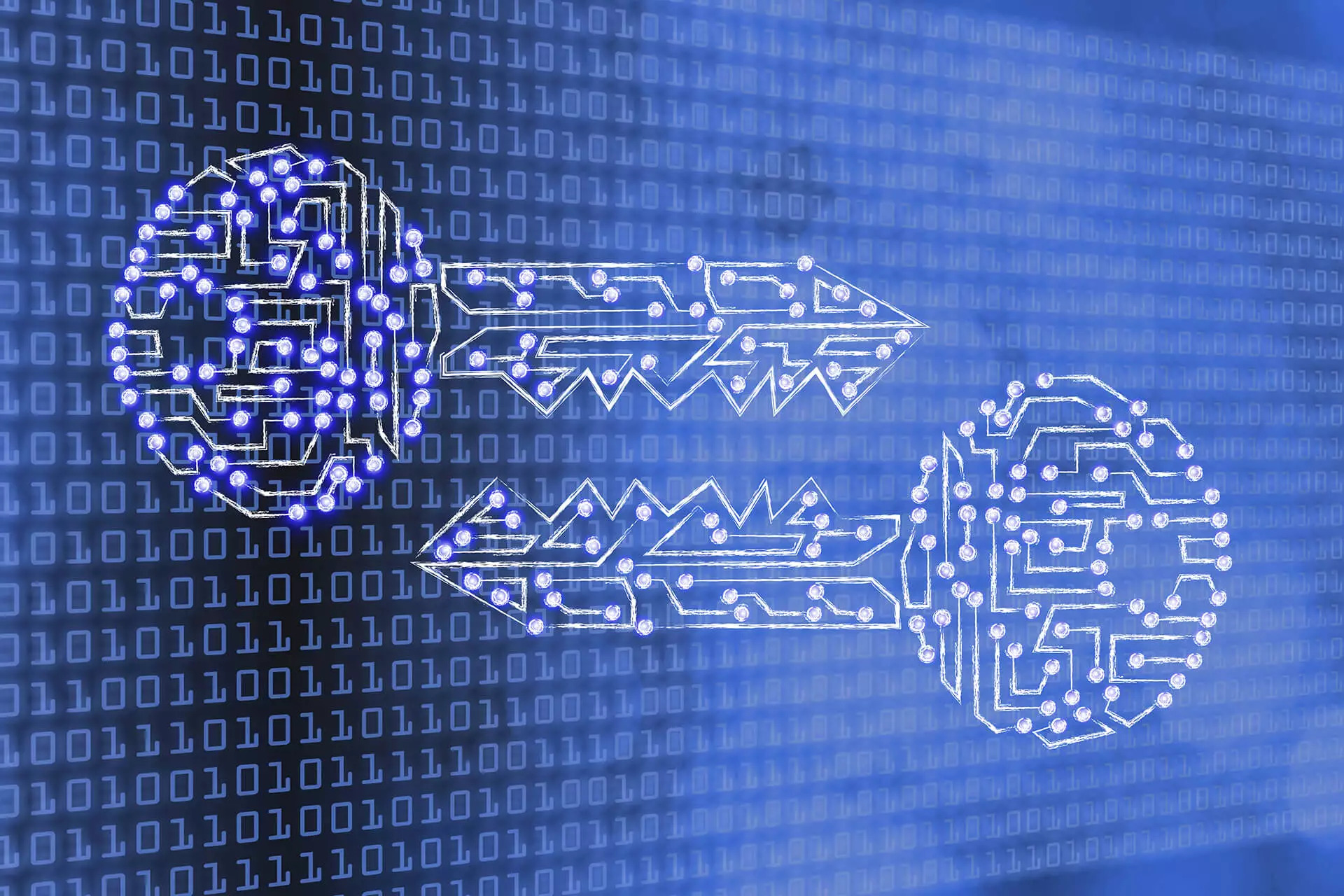Digital information exchange has seen a meteoric rise over the past decade. No matter how ‘traditional’ an individual, business or institution might like to call themselves, a digital integration is unavoidable and in fact, quite necessary to embrace.
Educational institutions have particularly benefited from this transformation due to the sheer volume of data that they generate, save and exchange. Be it sensitive personal information like special needs, disability, sexual orientation or confidential information like address, contact details and exam results, educational institutions have been leading this transformation from the front.
The variety and sensitivity of data that is normally exchanged in educational institutions, makes digital exchange platforms that much more alluring. The speed and ease that these platforms offer, bring efficiency and agility.
“Data is only a tool, and so can improve things, or (if) used incorrectly, make things worse…”.Says Terry Heick, the founder and director of TeachThought in his article on ‘What Is The Future Of Data In Education?’1
Cloud based information exchange and data storage have always been insecure. The Covid 19 pandemic further complicated matters when suddenly ‘teaching from home’ – an erstwhile preposterous concept for teaching and learning – became the new norm. The sudden and unexpected pandemic resulted in institutions being forced to take a ‘reactive approach’ to data management rather than forge a ‘proactive process’. This has resulted in extremely sensitive data being exchanged over questionable platforms including highly insecure modes such as text messages, personal phones and emails, WhatsApp etc.
A recent study by Capita2 revealed that between 2019 and 2020, 23% of data breaches were caused by human error, 25% due to system glitches (including compromised cloud storage) and 52% by malicious attack. Between 2019-20 the cost of data breach in the education industry alone was \$3.90 million.
So how can institutions be sure that the platforms they use for data sharing are secure? Are institutions aware of the unknown risks of data breach and data loss? Is their data safe?
These are essential questions that need addressing. Furthermore, the statutory requirement set by the Elementary and Secondary Education Act (ESEA), also needs to be fulfilled. This act stipulates all educational institutes to put … “a procedure in place to facilitate the transfer of … records, …by local educational agencies to … school for any student who is enrolled … in the school”.3
Technology in the next decade is set to accelerate at a dizzying pace and educational institutions are already getting ready, once again, to lead this from the front. Now is therefore the best time for them to proactively plan for and implement secure data management systems.
DropSecure provides a one stop shop for effectively reducing these risks while ensuring legal compliance. With no logins to create, no software to install and no passwords to memorise, DropSecure provides military grade encryption to its users. Managers can set expiration dates, control and revoke access on files and folders so that no data is ever found in the wrong hands; and certainly never lost.
DropSecure’s mission is to simplify your communication and sharing needs without knowing the contents of your data. To that extent, you can rest assured that your data is in your control.
Get secure with DropSecure cyber security’s 7-day free trial today.














